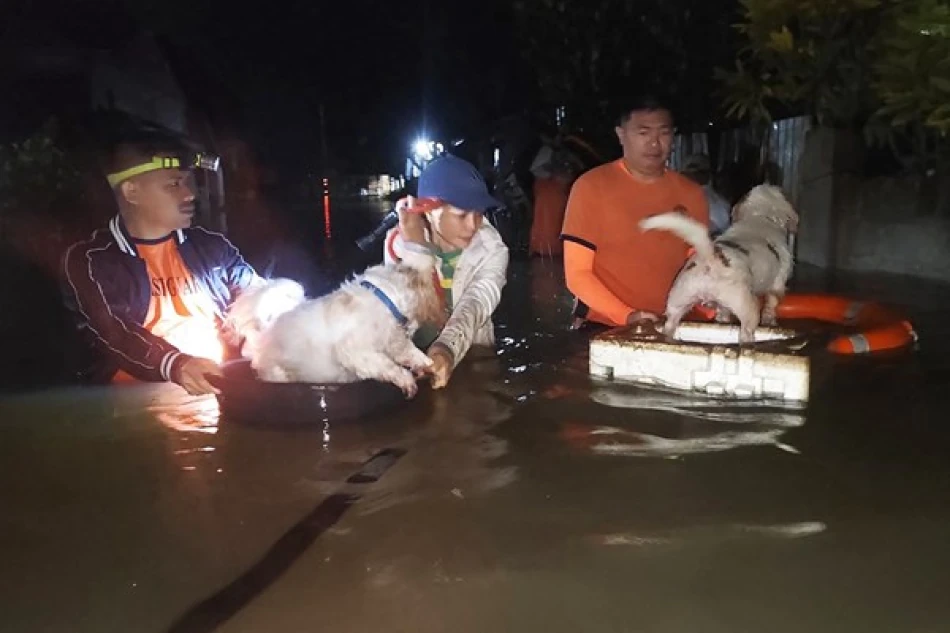
Deadly Storm Batters the Philippines, Forcing Thousands to Evacuate
The Philippines evacuated around 400,000 people on Friday as Tropical Storm Pepito battered the country with winds reaching 110 kilometers per hour, killing at least three people. The storm hit while the nation was still recovering from the devastating effects of Typhoon Rajasa, adding to the mounting challenges facing the archipelago during peak storm season.
Civil defense officials in the Bicol region of southern Luzon island confirmed the three fatalities occurred when walls collapsed and trees were uprooted as the storm passed through. The deaths highlight the immediate dangers these weather systems pose to communities, even when authorities manage large-scale evacuations.
The Philippines sits in the Pacific typhoon belt and typically faces 20 major storms each year between June and December. But this latest storm comes at a particularly difficult time, striking areas still dealing with damage from Typhoon Rajasa. Many communities haven't fully recovered their infrastructure or emergency response capabilities.
The massive evacuation effort shows how Philippine authorities have improved their disaster preparedness over the years. Moving 400,000 people ahead of a storm requires significant coordination between local governments, military units, and relief organizations. These proactive measures likely prevented a much higher death toll.
For the Philippine economy, repeated storm damage creates ongoing challenges for agriculture, tourism, and infrastructure development. The country spends billions of pesos annually on disaster response and recovery, resources that could otherwise support economic growth and development projects.
Weather forecasters are closely monitoring the storm's path as it moves across the archipelago. The combination of high winds and heavy rainfall poses risks for flash flooding and landslides, particularly in mountainous areas where soil may already be saturated from previous storms.
Most Viewed News

 Layla Al Mansoori
Layla Al Mansoori






